Have you noticed how much the world has changed over the past few years? The payment industry is no exception. Even if contactless payments and cryptocurrency are no longer strangers to us, there are much more innovations that mark the beginning of the big revolution in the payment world.
Having reviewed dozens of global researches, we have compiled the most current payment industry trends in this article. You’ll find out what overall changes await us soon and how to adapt to them. We promise you heaps of insights.
PCI DSS v4.0: renewed vision
This year, specific changes are expected in the updated Payment Card Industry Data Security Standard. Although the core 12 requirements will stay the same, new guidelines aim to overcome new security challenges the organisations may face.
There’s been a lot of conjecture about what changes the PCI DSS v4.0 will bring to the industry. Provisionally, the crucial modifications will concern the transition from a “must-implement” to a “results-based” approach. Thus, organisations will no longer be required to comply with PCI standards word by word. Instead, they will be free to choose their own approach to meeting these standards. All methods are good as long as they ensure secure processing, storage, and transmission of cardholder data.
Other changes in PCI DSS v4.0 will focus on enhancing the overall organisations’ security, going beyond just card data protection. The new standard will greatly increase the number of touchpoints and test points, as well as the amount of data that must be proven to pass the audit. The heightened security requirements aim to encourage organisations to view the PCI DSS as an ongoing process, not a box-ticking event.
The final versions of the PCI DSS v4.0 are scheduled for formal release in March 2022. To avoid being caught off guard, we recommend that you start preparing for the changes now.
Chatbots are transforming payments
Given the digitalisation trend in the payment industry, chatbots have become a powerful tool for communication, resource optimisation, and lead generation. However, their functionality is not limited to consulting clients. Today’s chatbots are transforming the payment environment, allowing users to send and accept payments within a conversational interface.
Here’s how it works
Having selected the product or service in the messenger, whether it’s Viber, Telegram or WhatsApp, the customer clicks on the “Buy now” button and initiates a payment, specifying the currency and the amount to be paid. After this, they’re automatically redirected to a secure checkout page to complete the transaction. Chatbots can quickly share the payment information between parties involved, optimising overall processing time and cost by providing security through encryption.
Among all e-commerce segments, it is online stores that utilise chatbots the most. Fast and round-the-clock payment acceptance helps them deliver a personalised shopping experience while minimising operating costs. These clear benefits have not gone unnoticed in other industries. Thus, the chatbot market size is projected to grow to $9.4 billion by 2024, with a CAGR of 29.7%.
The blockchain era is here
With the advent of blockchain, what used to be considered a dubious experimental technology has turned into a powerful mechanism changing the payment world beyond recognition. The statistics back this up: The global blockchain market value is projected to reach $23.3 billion by 2023. Today, the most prominent blockchain investors are concentrated in the financial industry, with a market share of 46%.
Almost all major payment industry players have announced blockchain integration into their products and services in recent years. Western Union, Visa, Mastercard, PayPal, SWIFT, and major commercial and central banks show great interest in distributed ledger technology (DLT), moving from theory and testing to practice. The first successful cases of blockchain implementation in financial services have given the green light to many companies worldwide.
Here are some positive changes that blockchain pioneers have noticed after a short period of using the technology:
- Decrease in the rate of fraud, DDoS attacks, and identity theft
- Reduction in transaction costs and operational expenses associated with document flow, audits and error corrections
- Faster transaction processing, including cross-border payments
- Increased transparency without sacrificing anonymity
Given the apparent gains that blockchain gives to the industry, platforms built on this and other distributed ledger technologies are highly likely to change the financial space forever.
Retail CBDC is the future of payments
There has been a lot of buzz around digital currencies over the past few years. As the world gradually becomes cashless, with a parallel development of a decentralised financial space, governments began racking their brains over how to strike the right balance between the new needs of the people and the money flow control. After some time, they decided to develop an electronic form of bank money called Central Bank Digital Currency (CBDC).
CBDC is a digital analogue of the national currency representing legal tender with central bank responsibility, similar to the physical money in circulation.
Combining the properties of traditional money and cryptocurrency, CBDCs can be universally applicable in government assets, banking, investing, and e-commerce. In particular, experts see great potential in the retail CBDC as a fast and secure means of payment for consumer-to-consumer, consumer-to-business and business-to-business transactions.
At the moment, about 35 countries have announced their intention to develop their digital currency. So far, China is leading the CBDC sector, having launched e-CNY. About 140 million people have set up digital yuan wallets and used the currency for transactions totalling about $9.7 billion.
States and central banks are considering different approaches in CBDC implementation. Here are the main requirements that the CBDC should cover, regardless of the country:
- Digital currency should be accepted as a means of payment by all citizens, companies and government agencies.
- CBDC should be distributed at a one-to-one ratio with fiat currency and must be freely convertible into cash.
- CBDCs should run on an open infrastructure (such as a blockchain).
- The transaction cost should be less than in existing systems.
Undoubtedly, CBDCs have the powerful potential to change the payments landscape soon.
The unstoppable rise of Fintech-as-a-Service
In the fast-paced payment environment, it can be difficult for traditional banks and financial institutions to keep up with the technological changes that fintech companies are bringing to the industry. They have to offer cutting-edge solutions and value-added services catering to customers’ needs to stay competitive. That’s why integrable financial technologies and companies providing them are in hot demand today. This widespread solution has become known as fintech-as-a-service (FaaS).
The concept of FaaS lies in providing businesses with turnkey solutions for accepting, processing, and managing all kinds of payments. The solutions offered by FaaS companies include white-label platforms, customisable checkout, batch processing, routing and cascading, currency conversion, payment analytics, and other valuable technologies to improve business efficiency.
As of November 2021, there are more than 26,000 fintech startups worldwide. The sector’s growth rate will average 25% until 2022, reaching a market value of $309 billion. We expect to see FaaS grow from small startups to big industry players shaping the financial landscape of the future.
Leveraging a Fintech-as-a-Service platform from Corefy allows businesses of any size and industry to get a wide variety of innovative tools at their disposal without building their own infrastructure. It is desirable for companies looking to reduce the barriers to entering new markets because our platform is flexible in location, currency, and payment methods. Corefy’s white label PSP solutions are the easiest way for financial companies to enter the industry and stay highly competitive by offering leading-edge payment processing tools to their customers. Ensuring flexibility, scalability, and compliance with payment industry standards, our platform unifies the payment space, making it simpler and accessible to everyone.



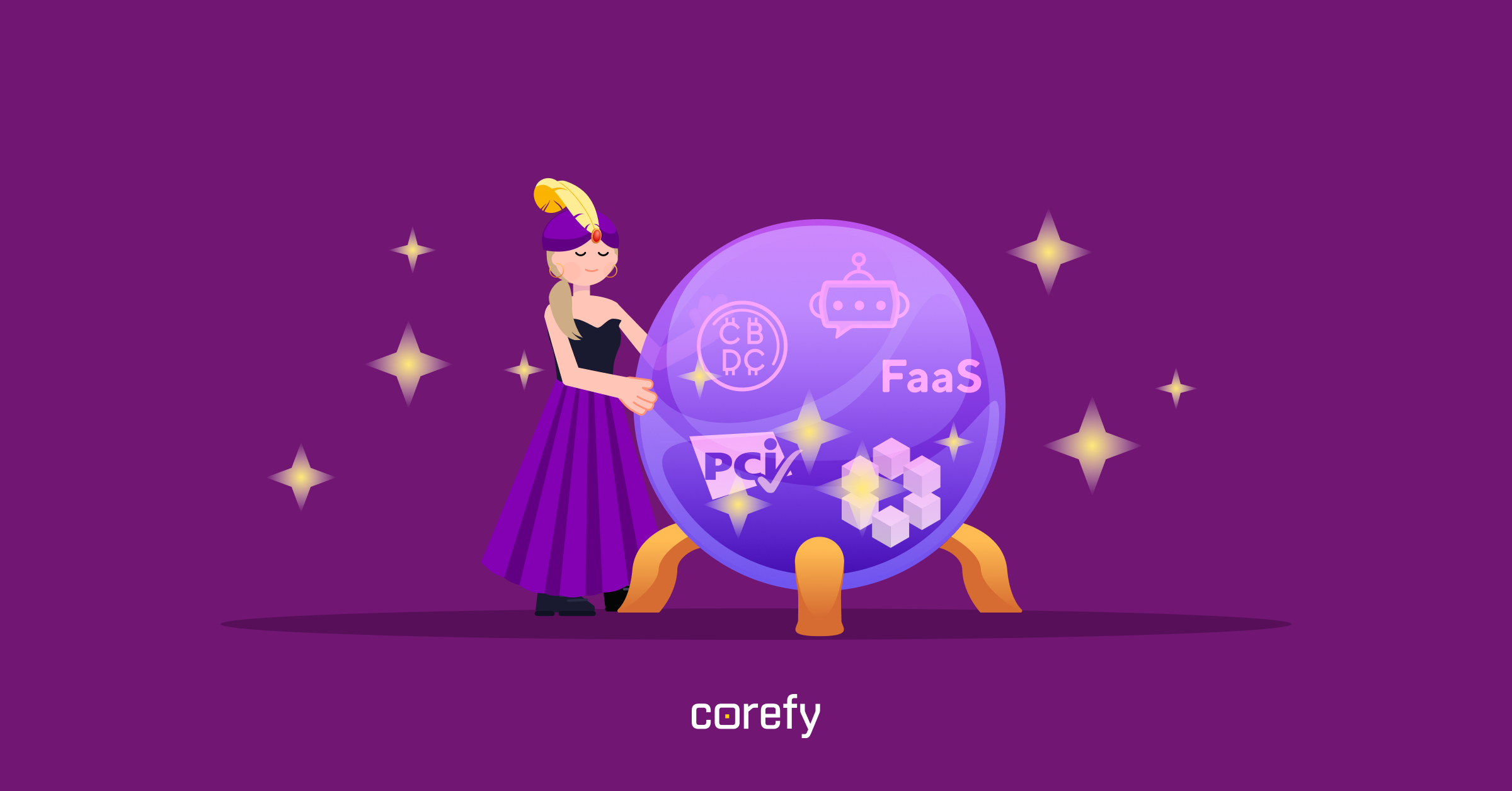
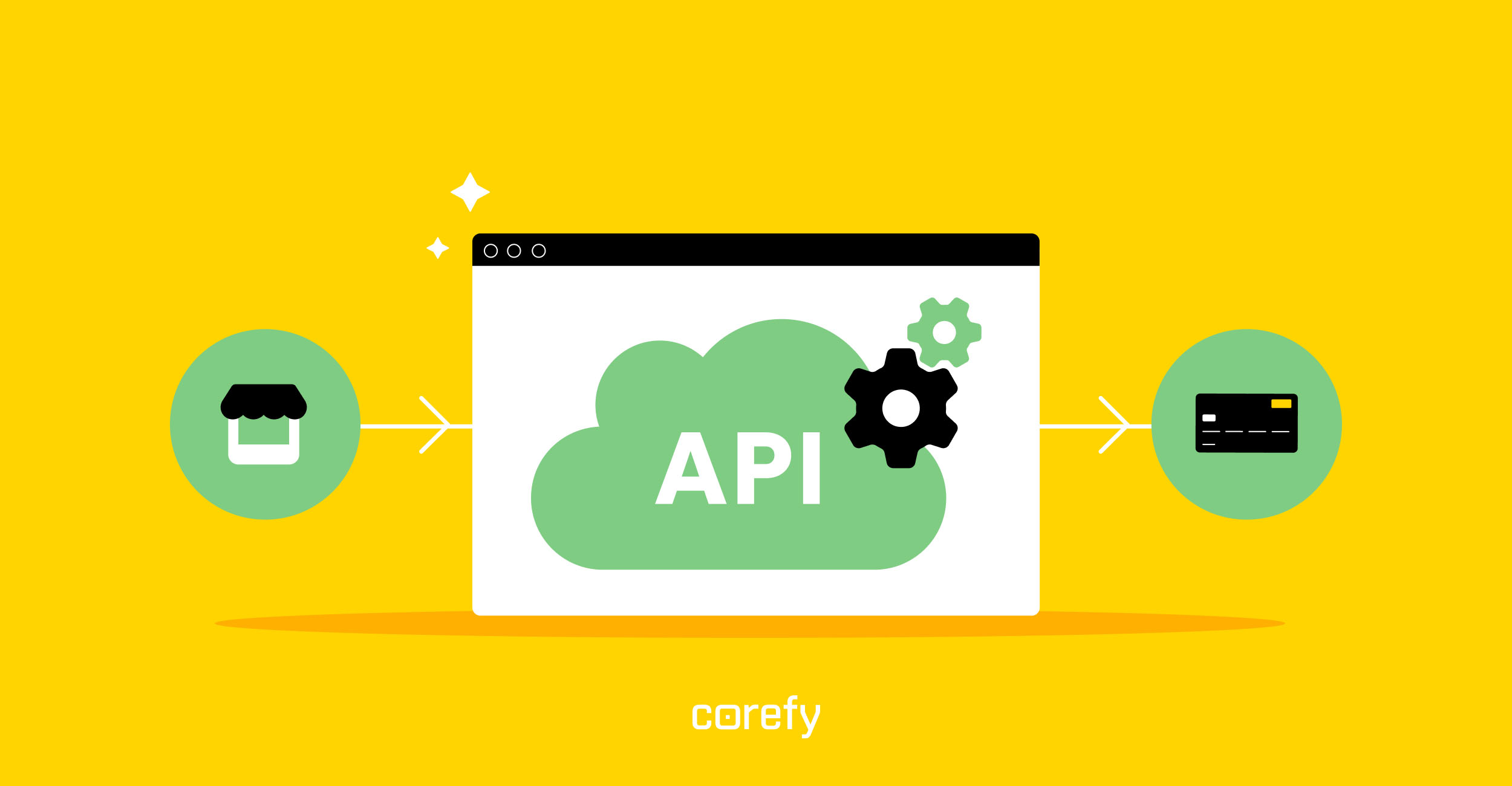
.jpg)
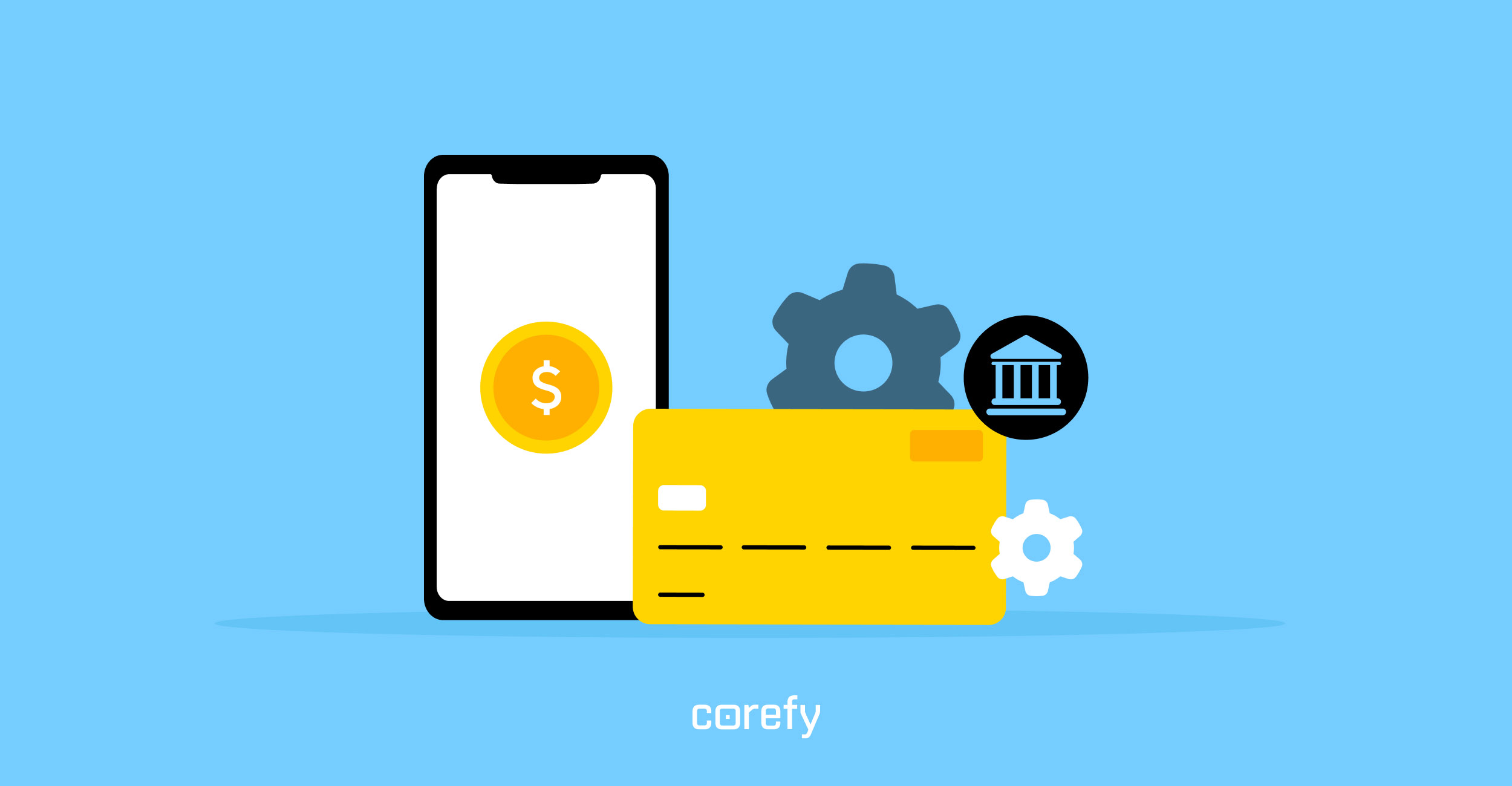
.jpg)
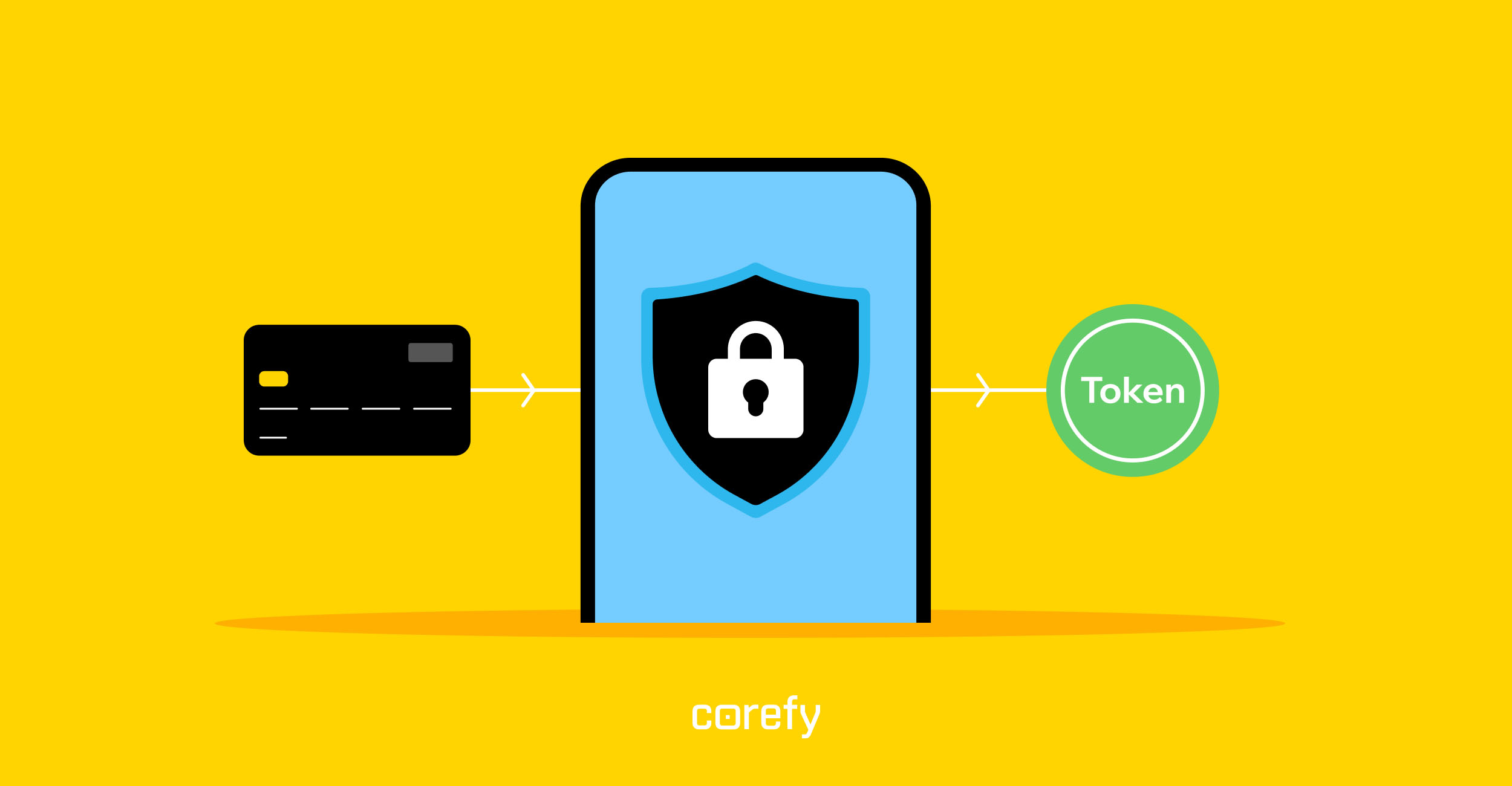
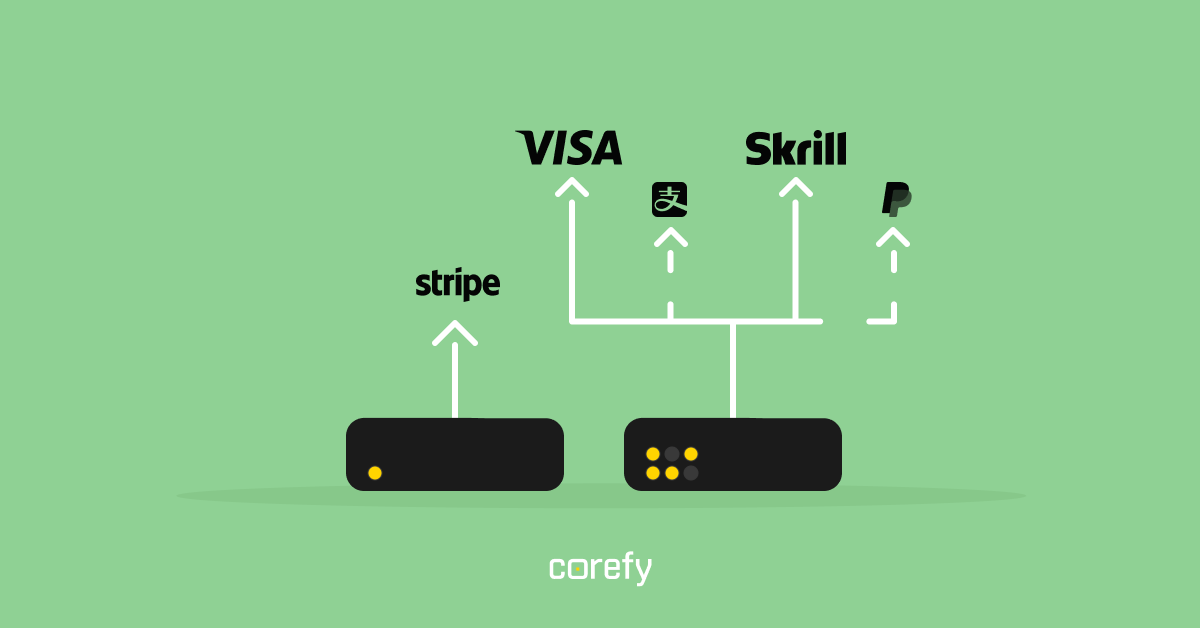

.jpg)
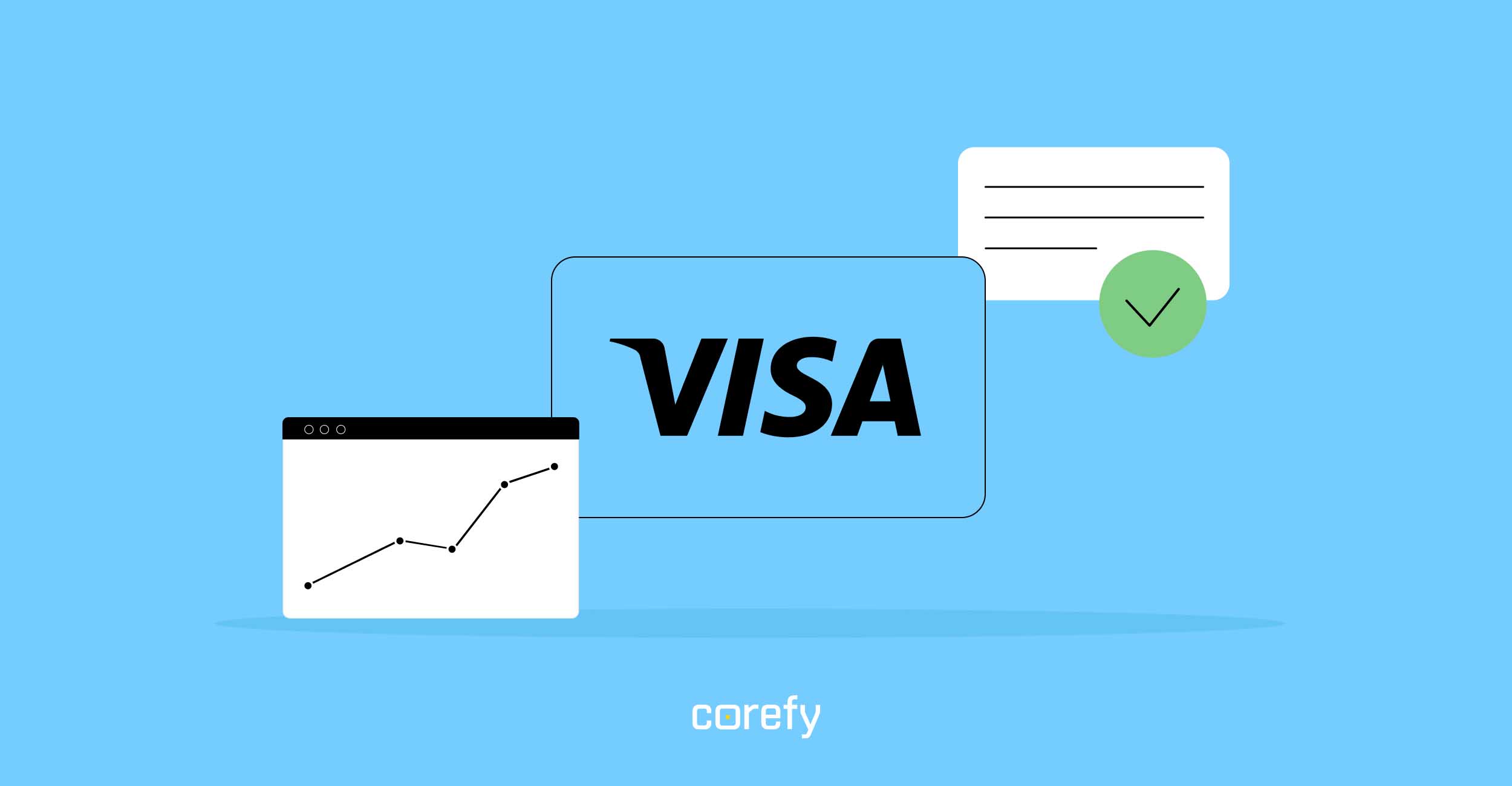
.jpg)